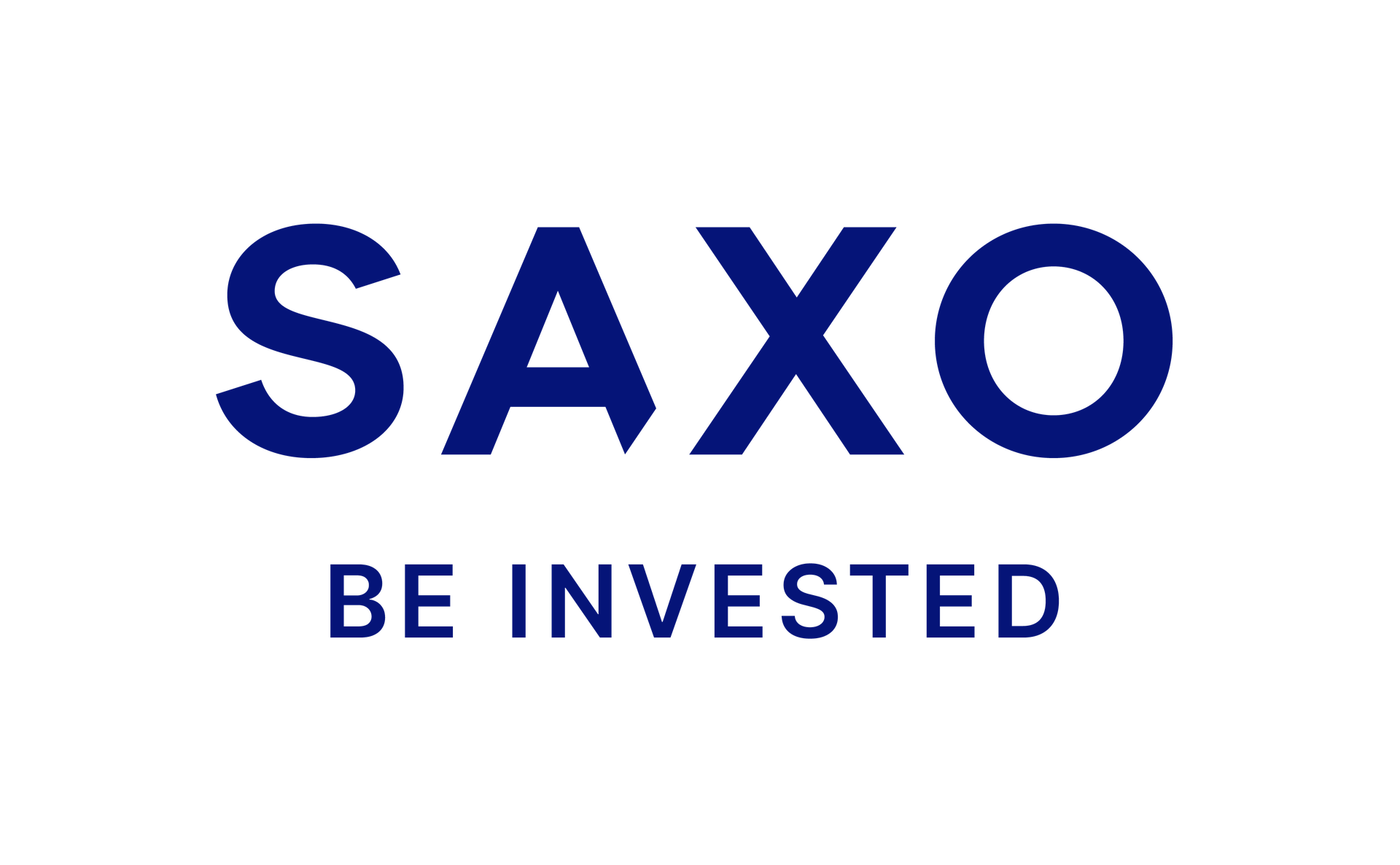HAMISH MCRAE: Investors show healthy skepticism about AI as tech stocks fall
It’s called the Great Rotation and it was already in full swing last week.
It describes the shift of investors from the US’s high-tech giants, particularly those seen as most likely to benefit from artificial intelligence, to companies in basic sectors with less ambitious price-earnings ratios.
The Nasdaq index of high-tech companies fell 3.6 percent on Wednesday, its worst day since October 2022.
While the two most valuable of the bunch, Apple and Microsoft, are still worth well over $3trn (£2.3trn), Nvidia, seen as the biggest beneficiary of the generative AI revolution, has fallen below that elevated benchmark. The market recovered a bit on Friday, but it’s been a nasty week.
Two things seem to be happening. First, there now seems to be a change in investor sentiment that everyone knew would happen sooner or later – from the hope of growth to the reality of the need for profit.
Looking to the Future: In the AI Revolution There Will Be Losers as Well as Winners
Secondly, it is becoming increasingly clear that successfully applying AI in practice is going to be expensive, complex and unpredictable. It is therefore not at all clear who is going to make money from it.
The first theme is a familiar one. There is always a tension between growth and value. If you go for growth, you accept a low annual return in the hope that the increase in capital value will more than make up for it.
If you prefer value, you can count on fairly high dividends, but you will never make a fortune from rising stock prices.
It’s a choice people make for all sorts of reasons – age, temperament, need for dividends, and so on. But the hard truth is that growth has won over the past decade.
Portfolios of high-growth companies have generated higher total returns than those that pursue high dividends. And because the US market is dominated by the high-tech giants, it has grown faster than the UK and Europe.
Those of us who expected a shift in sentiment toward value have been proven wrong so far. But we also know from history that all bubbles burst, so the question on investors’ minds on both sides of the Atlantic is whether the jitters of the past few days are harbingers of a broader overhaul of investment strategy.
It’s always wise for investors to ask whether a strategy that worked very well – in this case, backing the big US tech companies – might have run its course.
Perhaps this is the beginning of a period where value investing comes back into fashion.
As for the AI revolution, it is quite clear that it will bring about huge improvements in the performance of service industries. That has already begun. But the problems are also becoming clear.
One of these is the energy demand of the massive computing power that AI needs to function. There are stories of coal-fired power plants that had to be brought back online to keep the AI servers running.
Another issue is the capital investment required to train and develop the models so that they are reliable and usable.
Then there’s how to apply it in practical ways. How do you save money by using AI instead of humans, and what do you do when you find that the quality of your service has gone down because you’ve fired the wrong staff? There are a lot of disturbing privacy issues.
This is always the case in the early stages of a technological revolution. We know that the apparent beneficiaries may not actually do as well as they seemed likely, and the real winners may not yet exist.
We all saw that with the dotcom bubble that burst at the beginning of this century. Although the exaggeration is now somewhat less extreme, that episode remains a warning to us all.
In fact, I think what has happened in the last few days is extremely healthy. It is always wise for investors to ask whether a strategy that has worked very well – in this case, supporting big tech America – has run its course.
And more specifically, it is healthy that we are aware of the downsides of AI, but also of its potential.
I think this is the Holy Grail that will transform the productivity of the service industry. But as with all revolutions, there will be losers and winners. Let’s be honest about that too.
DIY INVESTMENT PLATFORMS

AJ-Bel

AJ-Bel
Easy investing and ready-made portfolios

Hargreaves Lansdown

Hargreaves Lansdown
Free Fund Trading and Investment Ideas

interactive investor

interactive investor
Fixed investment costs from £4.99 per month

Saxo

Saxo
Get £200 back on trading fees

Trading 212

Trading 212
Free trading and no account fees
Affiliate links: If you purchase a product, This is Money may earn a commission. These deals are chosen by our editorial team because we think they are worth highlighting. This does not affect our editorial independence.
